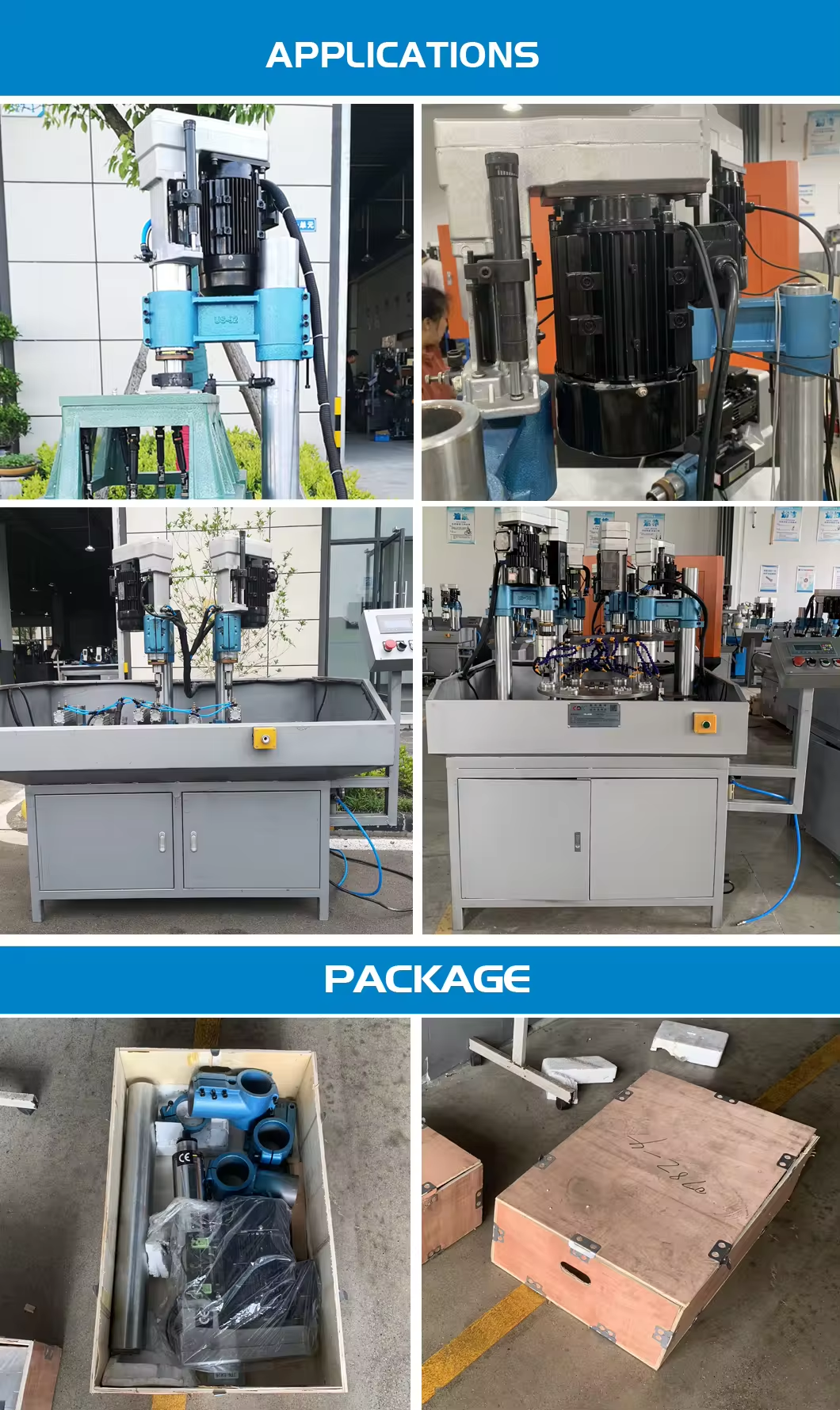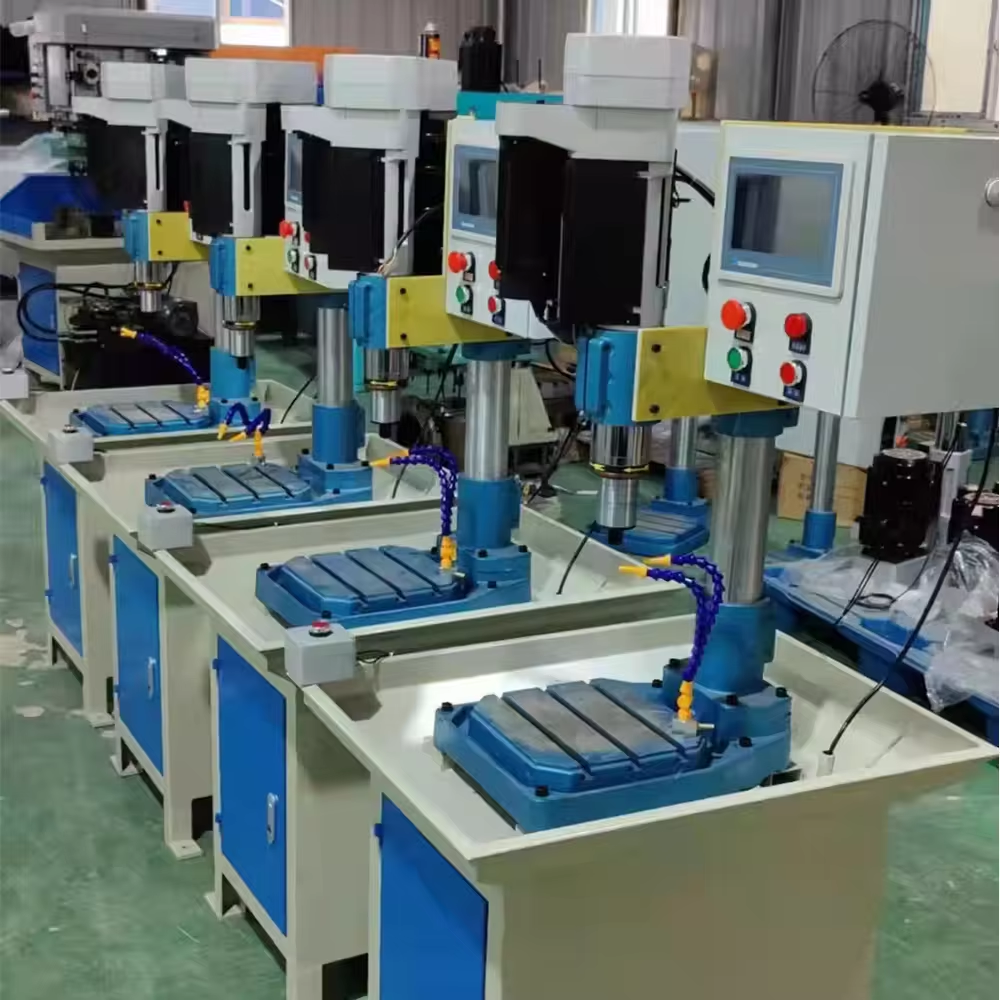Servo Power Head And Pneumatic Power Head Has Difference
1.Transmission accuracy: The transmission accuracy of pneumatic ordinary power head is usually low, while the transmission accuracy of servo power head is higher. Servo power heads use advanced electronic technology and control algorithms to achieve more precise position, speed and acceleration control, thereby improving production efficiency and product quality.
2.Response speed: The servo power head has a faster response speed and can respond to control signals and adjust output faster. In contrast, the response speed of pneumatic ordinary power heads is slower and may take longer to respond and adjust.
3.Control method: Pneumatic ordinary power heads usually use air pressure control to control the output of the power head by adjusting the air pressure. Servo power heads use electronic control to achieve precise control by controlling the speed and position of the motor or hydraulic motor.
4.Adaptability: Servo power heads have better adaptability and can adapt to different production needs and working environments. By adjusting control parameters and programs, servo power heads can adapt to different production processes and product quality requirements. The adaptability of pneumatic ordinary power heads is relatively poor, and different pneumatic components may need to be replaced or air pressure may need to be adjusted to adapt to different production needs.
5.Reliability: Servo power heads usually have higher reliability because they use advanced electronic technology and control algorithms to achieve more precise control and more stable operation. Ordinary pneumatic power heads may be affected by factors such as air pressure fluctuations and wear of pneumatic components, resulting in unstable performance or failure.
Advantages of pneumatic power head:
High efficiency: pneumatic power heads can complete more tasks in the same time, because pneumatic drives usually provide faster speeds and higher work efficiency.
Reliability: pneumatic systems have been rigorously tested and verified, and usually have stable performance, suitable for scenes that require continuous operation and heavy-duty work.
Safety: pneumatic power heads are pneumatically driven, without power contact, avoiding the hidden dangers of electric shock and fire, and increasing the safety of operation.
Easy to maintain: pneumatic systems are relatively simple, and maintenance and maintenance are relatively easy, reducing maintenance costs.





Advantages of servo power heads:
High precision: servo power heads use advanced electronic technology and control algorithms to achieve more precise position, speed and acceleration control, and are suitable for processing tasks with high precision requirements.
Flexibility: servo power heads can be quickly adjusted and modified as needed to adapt to different production processes and product requirements.
High efficiency: servo power heads use high-performance servo motors and control systems, which can provide higher feed speeds and more stable outputs, thereby improving production efficiency and processing quality.
High degree of automation: The servo power head can be used in conjunction with CNC systems, robots and other automation equipment to achieve automated production, reduce labor costs and improve production efficiency.
In general, pneumatic power heads and servo power head each have different advantages, and the choice of which power head depends on the specific application scenario and needs. In scenarios that require high efficiency, reliability and safety, pneumatic power heads may be more suitable; in scenarios that require high precision, flexibility and a high degree of automation, servo power heads may have more advantages.






